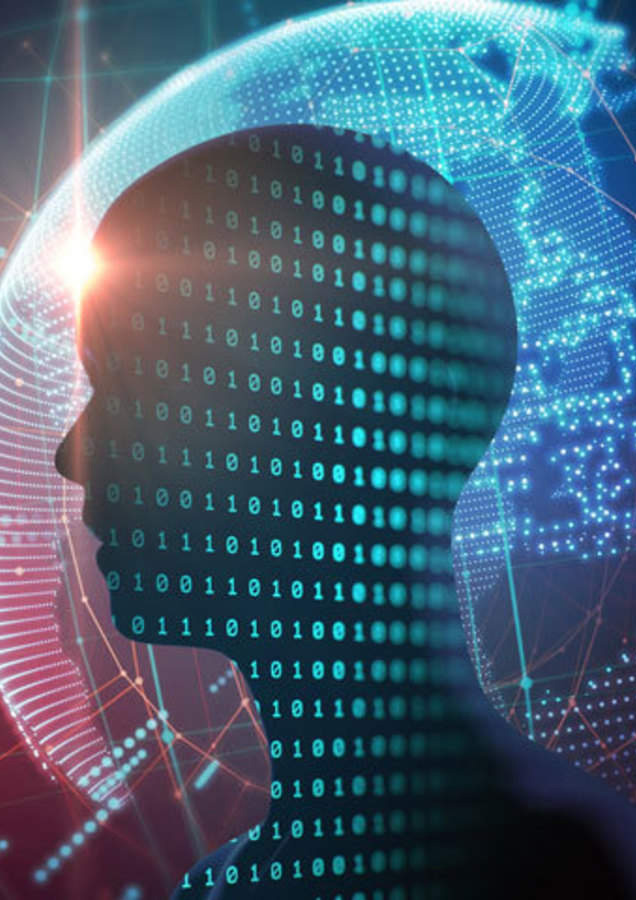What it is and why it matters
Computer vision is a field of artificial intelligence that trains computers to interpret and understand the visual world. Using digital images from cameras and videos and deep learning models, machines can accurately identify and classify objects — and then react to what they “see.”
History of computer vision
Early experiments in computer vision took place in the 1950s, using some of the first neural networks to detect the edges of an object and to sort simple objects into categories like circles and squares. In the 1970s, the first commercial use of computer vision interpreted typed or handwritten text using optical character recognition. This advancement was used to interpret written text for the blind.
As the internet matured in the 1990s, making large sets of images available online for analysis, facial recognition programs flourished. These growing data sets helped make it possible for machines to identify specific people in photos and videos.


Mobile technology
Mobile technology with built-in cameras has saturated the world with photos and videos.
Computing power
Computing power has become more affordable and easily accessible.
Hardware designed
Hardware designed for computer vision and analysis is more widely available.
New algorithms
New algorithms like convolutional neural networks can take advantage of the hardwarecapabilities.
The effects of these advances on the computer vision field have been astounding. Accuracy rates for object identification and classification have gone from 50 percent to 99 percent in less than a decade — and today’s systems are more accurate than humans at quickly detecting and reacting to visual inputs.
A newera of cancer treatment
Traditional methods of evaluating cancerous tumors are incredibly time consuming. Based on a limited amount of data, such methods can lead to mistakes and they’re prone to subjectivity. Working with SAS, Amsterdam UMC has transformed tumor evaluations through artificial intelligence. Using computer vision technology and deep learning models to increase the speed and accuracy of chemotherapy response assessments, doctors can identify cancer patients who are candidates for surgery faster, and with lifesaving precision.

Computers assemble
Computers assemble visual images in the same way you might put together a jigsaw puzzle.
Think about how you approach a jigsaw puzzle. You have all these pieces, and you need to assemble them into an image. That’s how neural networks for computer vision work. They distinguish many different pieces of the image, they identify the edges and then model the subcomponents. Using filtering and a series of actions through deep network layers, they can piece all the parts of the image together, much like you would with a puzzle.
The computer isn’t given a final image on the top of a puzzle box — but is often fed hundreds or thousands of related images to train it to recognize specific objects.
Instead of training computers to look for whiskers, tails and pointy ears to recognize a cat, programmers upload millions of photos of cats, and then the model learns on its own the different features that make up a cat.
Computer vision in today’s world
From recognizing faces to processing the live action of a football game, computer vision rivals and surpasses human visual abilities in many areas.
Deep learning and computer vision
How does deep learning train a computer to see? Learn how the different types of neural networks work and how they are used for computer vision.
Image analysis and AI
See an introduction to image analysis and learn analytical techniques you can apply to image data.
Face recognition demo
Learn the underlying techniques and data processing steps needed for facial recognition and computer vision. This demo shows how a SAS® Viya® model detects, aligns, represents and classifies facial images.


